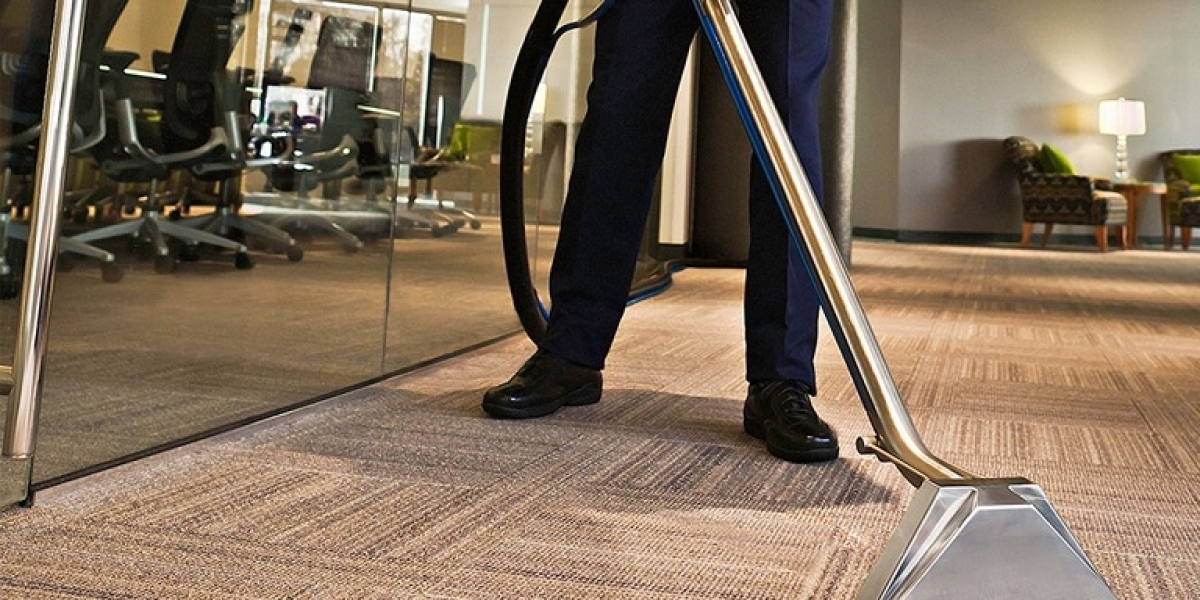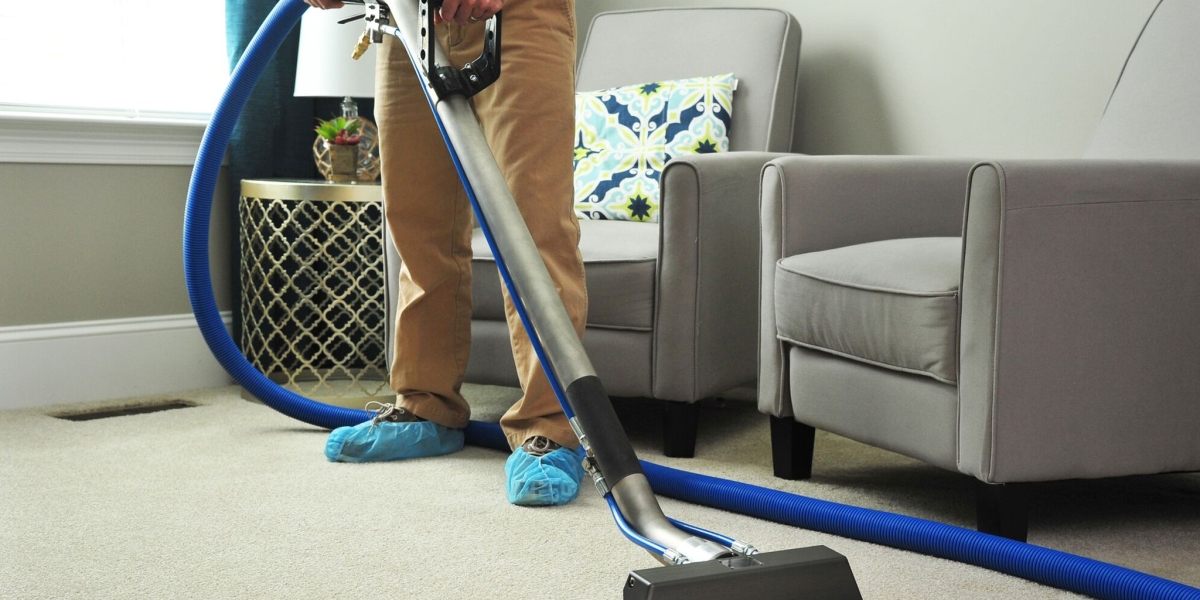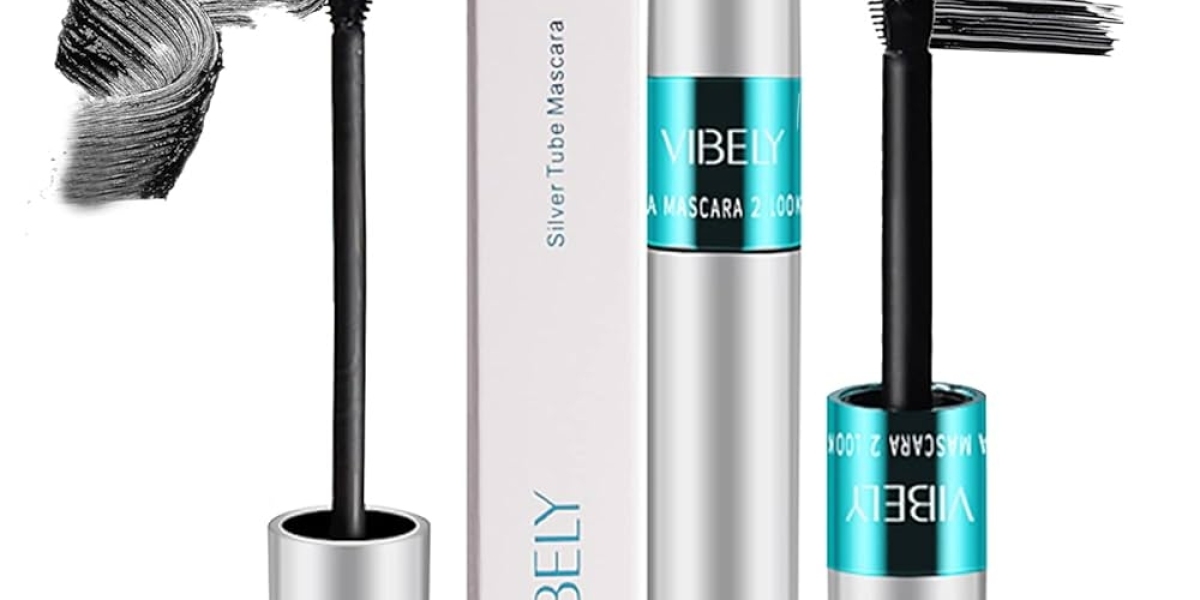
In recent years, the demand for UPVC (Unplasticized Polyvinyl Chloride) windows has surged, becoming a popular choice among homeowners and builders alike. Known for their durability, energy efficiency, and low maintenance, UPVC windows offer a range of benefits that make them an attractive option for modern homes. This article delves into the features, advantages, and installation process of UPVC windows, helping you understand why they are an excellent investment for your property.
What are UPVC Windows?
UPVC windows are made from unplasticized polyvinyl chloride, a material that is rigid and strong, making it ideal for window frames. Unlike traditional wooden or aluminum frames, UPVC does not warp, rot, or corrode, ensuring a long lifespan. UPVC windows come in various styles, including casement, sliding, tilt-and-turn, and more, allowing homeowners to choose designs that complement their architectural style.
Benefits of UPVC Windows
- Energy Efficiency: One of the standout features of UPVC windows is their energy efficiency. The multi-chambered design of UPVC frames provides excellent insulation, reducing heat transfer. This means that during the winter, your home retains warmth, while in the summer, it stays cooler. This insulation can lead to significant savings on energy bills, making UPVC windows an environmentally friendly choice.
- Low Maintenance: Unlike wooden frames that require regular painting and treatment to prevent decay, UPVC windows are virtually maintenance-free. They can be easily cleaned with soap and water, and they do not require any additional treatments or coatings. This makes them an ideal choice for busy homeowners looking for a hassle-free option.
- Durability: UPVC windows are designed to withstand the elements. They are resistant to UV rays, which means they won’t fade or discolor over time. Additionally, UPVC is impervious to moisture, preventing issues such as mold and mildew that can occur with wooden frames. This durability ensures that UPVC windows maintain their appearance and functionality for many years.
- Security: Security is a crucial factor in choosing windows for your home. UPVC windows often come equipped with multi-point locking systems, making them more secure than traditional window types. The strength of the UPVC material also adds an extra layer of protection against break-ins.
- Sound Insulation: UPVC windows provide excellent sound insulation, making them ideal for homes in noisy areas. The thickness of the frames and the double or triple glazing options available can significantly reduce external noise, creating a quieter and more peaceful indoor environment.
- Aesthetic Variety: UPVC windows are available in a wide range of colors, finishes, and styles, allowing homeowners to customize their appearance to fit their personal taste and home design. From classic white to wood-effect finishes, UPVC windows can enhance the visual appeal of any property.
Features of UPVC Windows
- Double and Triple Glazing: Most UPVC windows come with double or triple glazing options, which further enhances their energy efficiency and sound insulation properties. Double glazing consists of two panes of glass with a gap filled with argon gas, while triple glazing includes three panes for even better performance.
- Recyclable Material: UPVC is a recyclable material, making it an environmentally friendly choice. At the end of their life cycle, UPVC windows can be recycled and repurposed, reducing waste and contributing to sustainability.
- Customization Options: UPVC windows can be customized to fit specific dimensions and designs, ensuring a perfect fit for any window opening. This flexibility allows for unique architectural designs and the ability to replace old windows without extensive renovations.
Installation Process
The installation of UPVC windows is a crucial step that can significantly impact their performance. Here is a general overview of the installation process:
- Measurement: Accurate measurements of the window openings are essential to ensure a proper fit. Professional installers will take precise measurements to avoid gaps or misalignment.
- Removal of Old Windows: If replacing existing windows, the old frames must be carefully removed. This process should be done with caution to avoid damaging the surrounding structure.
- Preparation of the Opening: The window opening should be cleaned and prepared for the new UPVC frame. This may involve repairing any damaged areas and ensuring the surface is level.
- Fitting the UPVC Frame: The new UPVC window frame is placed into the opening. It should be level and plumb, and shims may be used to ensure proper alignment.
- Sealing and Insulation: Once the frame is secured, it is essential to seal any gaps with insulation foam and apply weatherproofing measures to prevent drafts and moisture ingress.
- Installing the Glazing: The glass panes are then installed into the UPVC frame. Proper sealing around the glass is crucial to maintain energy efficiency and prevent leaks.
- Finishing Touches: Finally, any necessary trims or finishing touches are added, and the installation area is cleaned up.
Conclusion
UPVC windows offer a multitude of benefits that make them an excellent choice for homeowners looking to improve energy efficiency, security, and aesthetics in their homes. With their low maintenance requirements and durability, UPVC windows are not only a practical investment but also contribute to a more sustainable environment. Whether you are building a new home or renovating an existing one, considering UPVC windows can enhance the overall comfort and value of your property. By understanding the features, benefits, and installation process, you can make an informed decision that will serve you well for years to come.







